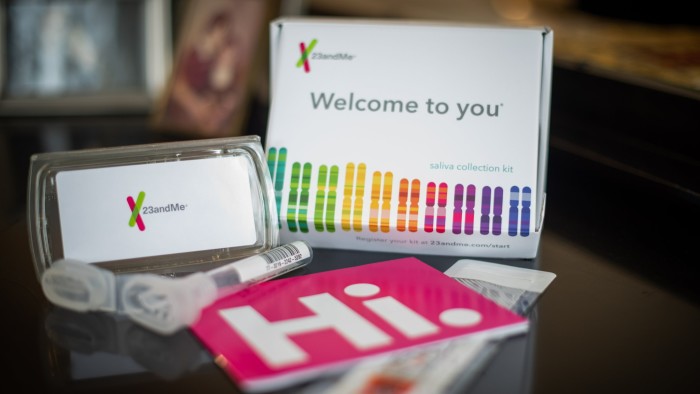Unlock the Editor’s Digest for free
Roula Khalaf, Editor of the FT, selects her favourite stories in this weekly newsletter.
They’re at it again. “MicroStrategy Incorporated d/b/a Strategy” — the enterprise software company turned bitcoin maximalist — has announced a new financial instrument to raise money to buy more bitcoin. It’s called Series A Perpetual Strife Preferred Stock.
“Strife”? “Perpetual Strife”? Matt Levine at Bloomberg had initially suspected a typo when he read it, but 23 references in the document suggest not. Maybe it’s an inside joke — the kind of thing that sounds clever at 5am at an after-party. Or perhaps it’s an unwittingly honest nod to the drama surrounding the company’s relentless bitcoin accumulation.
The bizarro name isn’t the only head-scratcher. Strife comes with quirks that set it apart from Strategy’s previous fundraising efforts.
For one, it’s not your typical (Micro)Strategy dilutive equity issuance; unlike the perpetual strike preferred securities (STRK), it is not convertible into common stock. Michael Saylor, executive chair, has pitched it as a way to tap into the vast pool of fixed-income investors who generally prefer stability and predictable returns. Yet Strife offers neither. It exposes investors to bitcoin’s downside (since Strategy’s creditworthiness hinges on its crypto holdings) without giving them any upside if the cryptocurrency soars. The dividend is fixed, so if bitcoin “moons”, Strife holders are left watching from the sidelines. It’s like being invited to an all-you-can-eat buffet but only allowed to smell the food.
The dividend structure is another oddity. Unlike Strategy’s STRK, where dividends could be paid in cash or stock at the company’s discretion, Strife dividends are strictly cash-only. The instrument offers a 10 per cent annual payout, but there’s a catch: if the company defers payment, the dividend rate increases by one per cent per year, capping at 18 per cent.
Buried in the fine print of the prospectus is a crucial detail: the board can suspend dividends altogether. It’s essentially a “trust me” deal.
[O]ur board of directors or any duly authorized committee thereof may choose not to pay accumulated dividends on the perpetual strife preferred stock for any reason. Accordingly, we may pay less than the full amount of accumulated dividends on the perpetual strife preferred stock. In addition, if we fail to declare and pay accumulated dividends on the perpetual strife preferred stock in full, then the value of the perpetual strife preferred stock will likely decline.
Investors can’t say they weren’t warned.
And where is the cash for these dividends supposed to come from? According to recent filings, MicroStrategy has less than $50mn in cash, and its legacy software business is bleeding money. Servicing a 10 per cent yield on $500mn of preferred stock will require creative financing. The company apparently intends to fund the dividend not from operating cash flow like a normal company, but rather by selling more stock or other dilutive securities:
We expect to fund any dividends paid in cash on the perpetual strife preferred stock primarily through additional capital raising activities, including, but not limited to, at-the-market offerings of our class A common stock and our perpetual strike preferred stock.
Issuing equity to keep the peace on Strife would be highly dilutive, and that is on top of the dilution from the dividends on STRK. As for convertible bonds, the market already feels saturated with Strategy’s equity-linked paper, and issuing more would simply add leverage to service a dividend lower in the capital stack.
Still, Strategy has managed to assemble an impressive roster of underwriters, including Morgan Stanley, Barclays, Citigroup, and Moelis, with Fidelity as a selling agent to retail investors. This suggests either investor enthusiasm for Saylor’s bitcoin-centric vision — or, at the very least, an appreciation for the fees the company is willing to pay Wall Street.
Strife is a fascinating — if baffling — addition to Strategy’s playbook. It seems to defy financial logic, offering fixed-income investors an instrument with an unfavourably asymmetric return profile and piling on more dilution for common stockholders. But given the firm’s all-in bet on crypto, perhaps “Perpetual Strife” is the perfect name. When you’re staking everything on bitcoin, a little chaos is inevitable.
Further reading:
— If bitcoin is the future, what explains MicroStrategy’s need for speed? (FTAV)
— MicroStrategy’s secret sauce is volatility, not bitcoin (FTAV)
— Examining MicroStrategy’s record-shattering $21bn ATM (FTAV)
— Strategy: buy higher, pump harder (FTAV)






























